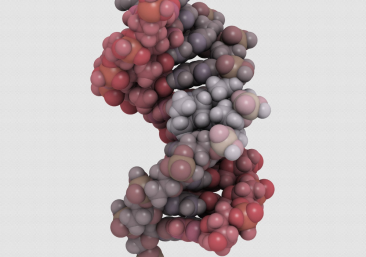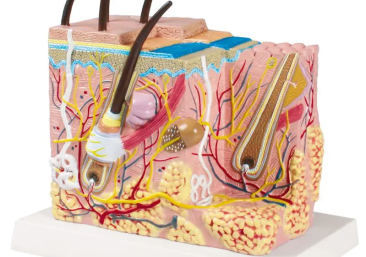Gynaecomastia is the development of male breast tissue. Although the term is not well-known, the condition is very common.
In fact, about 60% of newborn boys will have it due to their monthers’ hormones crossing the placenta. About 60% of adolescent boys will develop breast tissue at puberty; about 60% of men older than 70 will develop the condition; and during mid-life approximately 30% of men will have the condition.
Either side of the chest or both sides can be affected – often to a variable degree. Gynaecomastia is usually asymptomatic and painless. Some people do develop tenderness, soreness and pain, especially if pumped or knocked. This may affect the breast or nipples. Most men or boys complain about the appearance and being self-conscious at the beach or while swimming.
Causes of Gynecomastia
No cause may be found for the growth of breast tissue. Known causes include physiologic – newborn, teens and older men where the breasts develop due to hormone changes. There are also many medication or drugs that may result in breast tissue growth.
It is important to exclude any treatable causes – which include liver disease, kidney disease, thyroid disease, adrenal gland disease, hormonal changes or imbalance and some cancers. Testicular developments or disease may also play a role.
Pseudo or false gynaecomastia is fatty deposits without obvious glandular breast tissue. Importantly, there is no association between the defeloopment of gynaecomastia and male breast cancers.
Gynecomastia Treatment
Treatment options depend on the cause. Pseudo-gynaecomastia – or fatty changes – may respond to weght loss. Hormone replacement or hormone blocking medication may resolve those due to hormonal changes.
Surgery remains the treatment for others. Liposuction is used for smaller, softer breast tissue removal. An additional incision may be required to remove any remaining fibrous tissue. The biggest advantage of liposuction is a few small incisions are used. Not all gynaecomastia is suitable for liposuction as the firmer, harder breast tissue may not be easily removed.
Surgery Procedure
Open or traditional surgery usually places the incision around half of the areola. Through this fairly small cut the surgery is performed. Instruments with fibre-optic lights facilitate the surgery. Liposuction may be combined to blend the edges of the resected tissue to the chest wall.
A big advantage of this surgery is that any skin excess can be addressed and removed. Once the skin has stretched or lost elasticity, it needs to be removed (this does leave additional scars).
Complications and Risks
Surgery is usually performed in hospital with a combination of local and a light general anaesthetic, depending on the extent of the surgery. The usual risks of surgery apply, including pain, bruising, swelling, infection and scarring.
There is a relatively high risk of bleeding (haematoma) or fluid collection (seroma). Commonly plastic or silicone drainage tubes are used. Compressive dressings may be used to limit these complications.
Occasionally, the skin may tether to the underlying muscles, there may be irregularities in the remaining fatty tissue. A saucer-shaped indentation may occur under the nipple if sufficient tissue is not left in this area.
Most surgeons will send the breast tissue for laboratory analysis to exclude any changes. In general, the surgery is very well tolerated with a high degree of satisfaction. Recovery is usually quite short with a return to activities, work and exercise.




